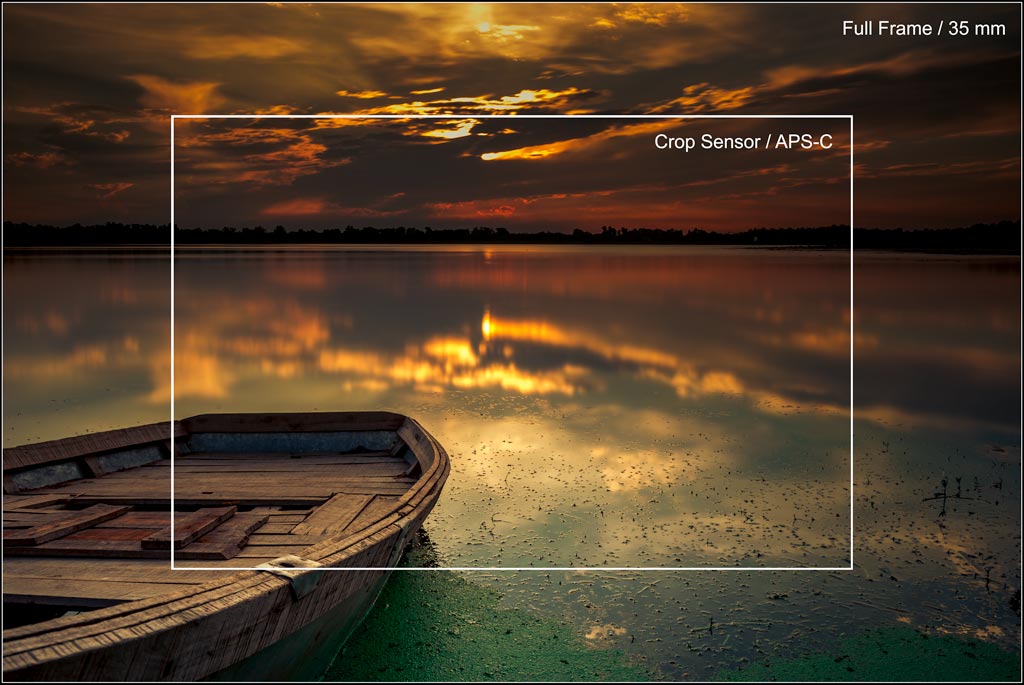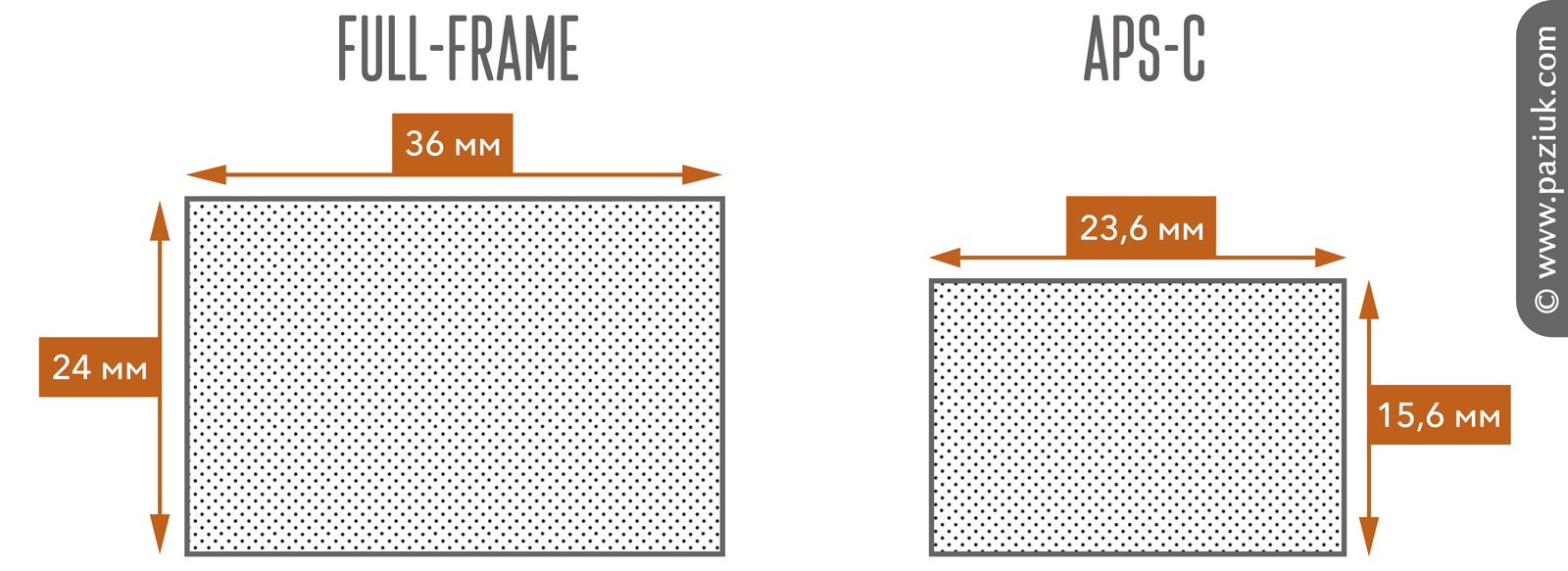

One has to stop thinking of these focal lengths as having a specific view outside of the size of the target area that the image is projected onto. Doesn't matter if it is on a Super-8 camera or an IMAX camera, it's still a 50mm. I was just trying to make it as clear as possible. Sorry if I asked the same question four times.
Aps c frame full#
Maybe another way of asking my question is: is there any difference in the field of view between a 50mm cinema lens and a 50mm still lens? Do cinematographers need to have wider lenses than still photographers to produce shots with a wide field of view?Īdditionally, when Bresson says that he used 50mm lenses, does he mean they actually had the field of view of an 80mm lens on a full frame sensor or does he mean that they had the field of view of 50mm on a full frame sensor? Is this the same case for using cinema lenses on super 35mm film? If so, would this mean when a still photographer talks about the field of view that a specific focal length produces on a 35mm still camera he/she is referring to something different than a cinematographer shooting on a super 35mm motion picture camera? However, I'm a bit confused about when people refer to specific field of views for different focal lengths for still photography and motion picture photography.įor instance, if I'm shooting on a 50mm lens on a cropped body sensor, it would give me the field of view of an 80mm lens. This discussion has been really helpful to me. It's not a scientific explanation though and probably modern depth of field calculators may give you different results but this rule of thumb works for all practical purposes. So it just works out that the crop factor is the same as the effective difference in stops you need to adjust to match depth of field more or less, though this assumes the same display size for the final product no matter what the origination format is.

and guess what? Once I used a lens whose focal length was 2.5X shorter on the 2/3" camera compared to the one on the Super-35 camera, and set the distance to be the same, I was able to match depth of field more or less when I stopped down the Super-35 camera by 2.5-stops. I once measured the difference in depth of field between 2/3" video and Super-35, which is a 2.5X crop factor. So it works out that a 2X crop factor equals a 2-stop difference in effective depth of field once you match field of view and distance by using a focal length that is half as long on the format that is half the size. So that 4-stop difference between the 25mm and 50mm would be reduced to a 2-stop difference if the 25mm is on a format that is half the size.

But if you put that 25mm on a format that was half was wide as the one with the 50mm, to match the same field of view at 7', you wouldn't be able to use the same Circle of Confusion figure to calculate the depth of field because on the format that was half the size, the Circle of Confusion would be twice as critical once the image is blown-up to match the larger format. To get that same range on the 25mm at 7', you'd have to shoot at f/2.0.

At f/8 on the 50mm, the depth of field is 6' 0" to 8' 5". Look on a Depth of Field chart and compare a 25mm lens to a 50mm lens focused at 7'. Let's say we are talking about a 2X difference instead of 1.6X, to make the math easier. I don't think I can give a full explanation, it's just a short cut to figuring it out that works. So FF35 cameras tend to produce a shallower focus look however, they also tend to be more sensitive in low-light and thus it's not hard to rate them faster and stop down for more depth of field to compensate. Once you had matched field of view by using a lens that was about 1.6X shorter on an APS-C camera, you'd have to stop down a FF35 lens by 1.6-stops to match the depth of field. Generally the only difference in "look" is the typical depth of field because the larger sensor sizes use longer focal lengths to achieve the same field of view. The Canon 7D sensor size is 22.3mm x 14.9mm. So the focal lengths used in APS-C for typical field of view would be the same if shooting in Super-35, and if you used any PL-mount cine lenses, they would be designed to fill the APS-C sensor area, not the FF35 sensor area.ĪPS-C sensors vary in size from 20.7mm × 13.8 mm to 28.7mm × 19.1mm. 24mm x 13mm) Full-Frame 35mm is closest to the 8-perf 35mm VistaVision format (36mm x 24mm). APS-C is closest to the size of Super-35 cinema / 3-perf 35mm (approx.


 0 kommentar(er)
0 kommentar(er)
